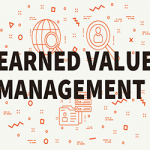
Discounted cash flow is a project investment valuation method whereby future cash flows are discounted by a rate that accounts for the time value of money. It is used to make decisions between various available projects, or to determine the economic feasibility of a project. For example, when a business is expecting revenue of $250,000 next year, the current value of … [Read more...]













